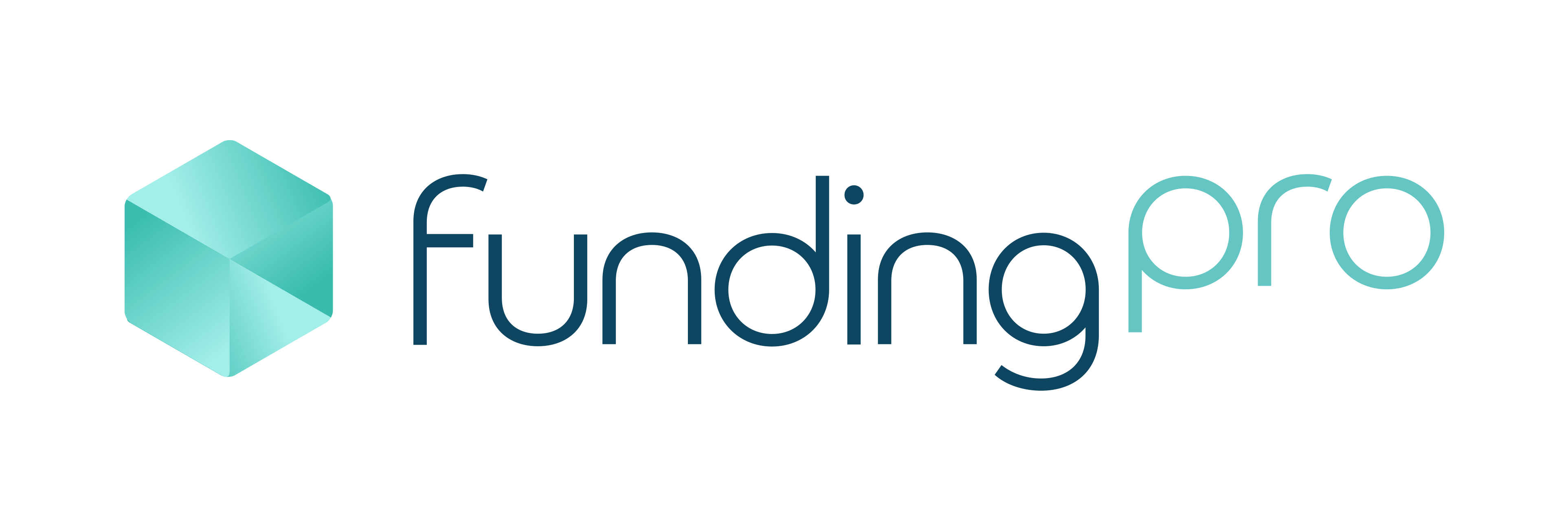Why do our clients ask?
Often our clients are after a way to release equity from their property without having to move. There are two main reasons our clients enquire about a reverse mortgage in order to do this:
Family
They are seeking a way to release their own equity to assist their adult children in buying properties.
Cash Flow
They are entering retirement still owing on their mortgage. It’s possible to refinance to a reverse mortgage in order to free up cashflow to be used for other purposes.
The proportion of over 55s in Australia is both growing and retiring younger. In the 2018-19 financial year, 55% of people were retired, up from 53% in 2016-17 (according to the ABS). In 2020, a large portion of these owned their own homes – about 76%.
| Proportion Of The Australian Population Over 65 |
| 1970 | 1995 | 2020 | 2066 (projection) |
| 8.3% | 12% | 16% | 21–23% |
These numbers add up to a large amount of funds tied up in real estate. Releasing it, however, can have wider reaching affects on your financial situation that you should talk through with your financial advisor, credit advisor/broker and family.
What is a reverse mortgage?
A reverse mortgage allows you to access the equity in your home as a regular income stream, line of credit, lump sum or a combination of these options. You live in your home and make no repayments, in return providing the equity of your home as security until the loan is repaid when you or your deceased estate sell the property.
Costs of a reverse mortgage will vary depending on your loan amount, how you access the equity (e.g. lump sum vs. line of credit), interest rate, fees and how long you will have the loan. We’ve outlined an example below:
Anthony and Georgina, 71 and 68 years old respectively, own their home outright at a current value of $3,200,000. Based on property value projections of 4% growth per year and their age, their lender calculates that they can release up to $350,000 in equity at an interest rate of 5.2% over 10 years:

Lump Sum
Taken as a series of $70,000 lump sums every two years over 8 years, in 10 years time (when their equity release funds are projected to have run out) they will own 90% of their home’s value – $4,736,782 – and owe $482,994 on their reverse mortgage.
Regular Payments
Anthony and Georgina could alternatively receive this sum as monthly repayments of $2,916 over 10 years. In this case, they will own 90% of their home’s value – $4,736,782 – and owe $457,681 on their reverse mortgage.

While the mortgage amount is the same, the interest accrued on the lump sum payments is more due to compounding interest. It’s important to note that establishment fees and ongoing fees are not included in these calculations. Want to personalise the numbers? Visit the moneysmart.gov.au calculator here.
A Note On Negative Equity Protection
As of 18 September 2012, all reverse mortgages have negative equity protection, meaning you cannot end up owning your lender more that your home value – market value or equity.
The options to release equity from your home each have a balance of pros and cons, so it is important to seek highly tailored advice and projections from your financial advisor, family and credit advisors like FundingPro.
Looking For More Information?
MoneySmart speaks on reverse mortgages and their alternatives in more detail here. Alternatively, contact us to chat about your situation in more detail.
